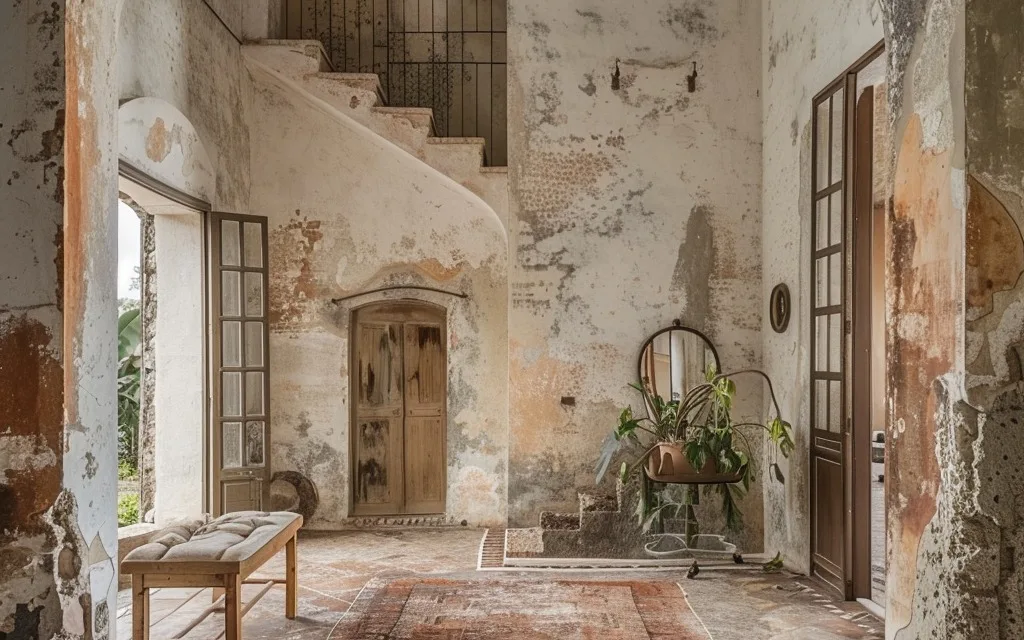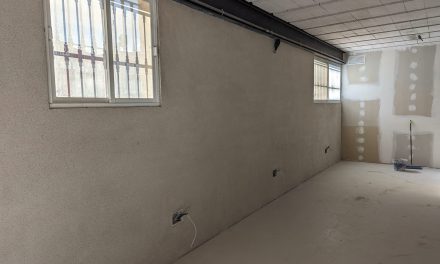Living in a historic home can be a charming experience, but it often comes with unique challenges, particularly when it comes to comfort and energy efficiency. Cold, damp, and drafty conditions are common issues that can impact both the enjoyment of your home and your energy bills.
The Challenges of Historic Homes
Historic houses often lack modern insulation and heating systems, leading to chilly interiors and high energy costs. Dampness is another prevalent problem, potentially causing mould growth and structural damage over time. Drafty windows and doors contribute to heat loss and allow cold air to seep in, making it difficult to maintain a cosy atmosphere.
Health Concerns
These conditions can also pose health risks, particularly due to mould growth. Respiratory problems, allergic reactions, and worsened conditions for those with asthma or allergies are common concerns. Children, the elderly, and individuals with existing health conditions are especially vulnerable.
Solutions for a Comfortable Historic Home
Fortunately, there are ways to address these issues while preserving the character of your historic home:
Moisture Control:
- Improve airflow to reduce humidity levels (many good systems on the market with heat exchanges and dehumidification)
- Repair leaks in the roof, walls, or plumbing
- Install proper drainage systems
Insulation and Draft Prevention:
- Add appropriate insulation to walls, attics, and floors (ensure walls can still breathe – never use plastic paints)
- Install weatherstripping around doors and windows
- Use draft stoppers or door sweeps
- Consider upgrading windows if necessary
Mold Remediation:
- Identify and fix moisture sources (this can also be condensation due to thermal bridging)
- Clean small areas of mould with appropriate solutions
- Consult professionals for larger infestations
- Replace porous materials that can’t be thoroughly cleaned (modern plasters)
Ongoing Maintenance:
- Regularly inspect for signs of moisture or mould
- Keep the house air moving, using a heat exchanger to keep energy bills low with an integrated dehumidifier is an ideal solution if you have the space
- Use mould-resistant products for renovations (products with a high lime content)
- Monitor indoor humidity levels
By addressing these issues, you can create a comfortable living environment while preserving the unique character of your historic home. Remember, it’s crucial to use materials and methods appropriate for older buildings to avoid exacerbating problems. With the right approach, you can enjoy the charm of your historic home without sacrificing comfort or health.
We are currently collaborating with or actively testing more than 20 brands that align with our rigorous standards.










